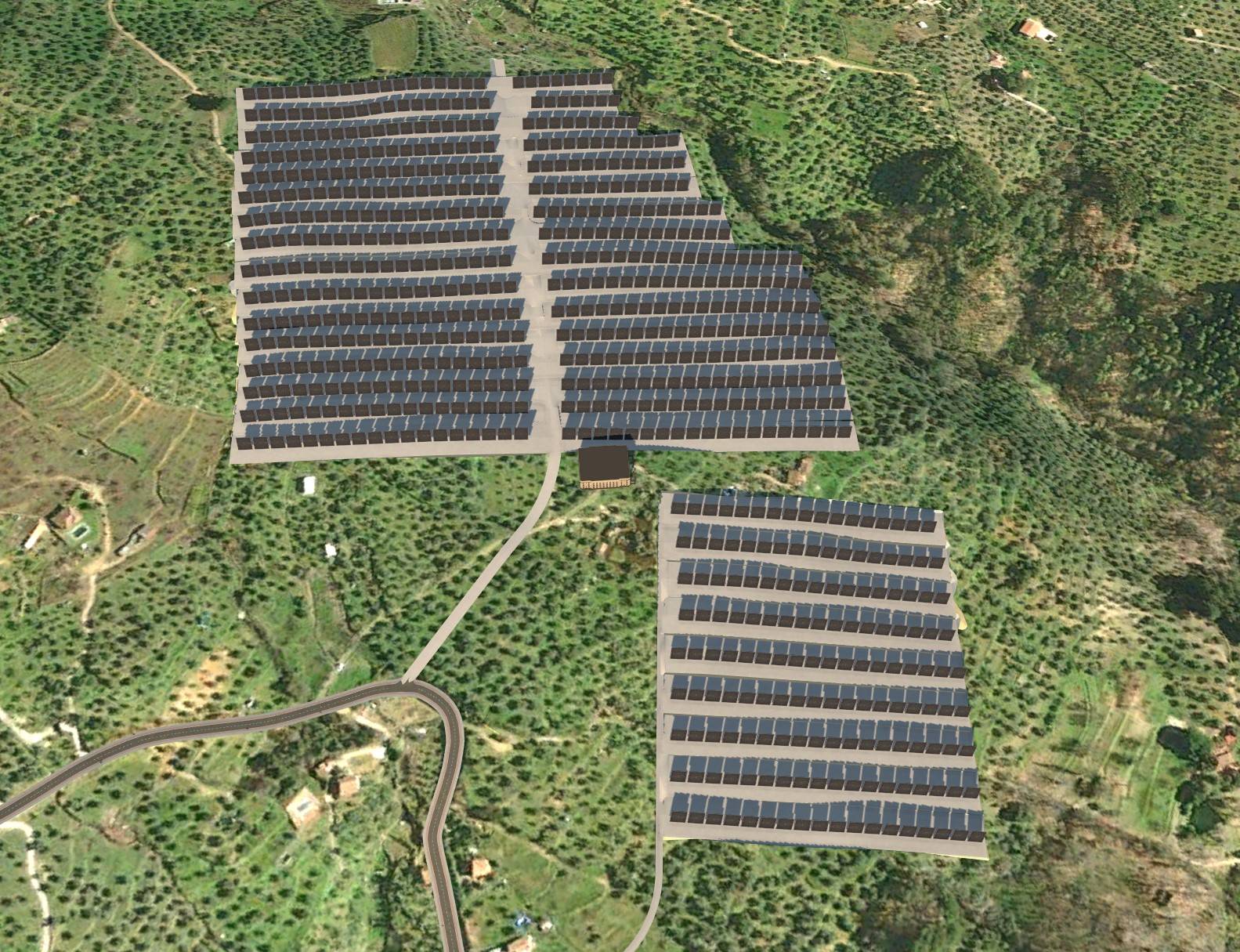Solar resource
Period
2007-2023Sector
Renewable energies SolarScope
Assessment of the solar resource and photovoltaic plantsBACKGROUND
Based on SOLUTE's solid experience in wind energy and considering the current trend that is moving towards the hybridisation of renewable plants, our capability in terms of photovoltaic energy has been strengthened in recent years, carrying out international projects with more than 3 GW calculated since 2020.
The methodology focuses on the estimation of expected energy production in a photovoltaic plant through a correct definition and sizing of the installed equipment to reduce uncertainty and provide the client with the necessary technical and economic aspects, allowing a realistic definition, with the minimum possible uncertainty, of the solar resource available in an area, in order to be able to calculate the photovoltaic production of a plant.
This way, the location is assessed in order to quantify the potential photovoltaic energy and thus achieve its maximum performance by properly selecting and sizing the equipment and properly arranging it at the location in order to optimise the LCOE of the plant.
EXPECTED RESULTS
Objectively define the photovoltaic project, supplying the customer with representative parameters for conducting the different technical and economic viability assessments.
OTHER USES AND APPLICATIONS
Energy forecast of newly constructed plants for which a historical production is not available.
EXPERIENCE
SOLUTE has spent more than 15 years focused on Renewable Wind Energy; however, since 2020, after the pandemic, it has been highly involved in carrying out photovoltaic projects for plant developers and operators.
With the layout of a plant defined and the solar radiation data of the site, a detailed energy calculation is carried out using specialised software such as PVSYST or PVCase.
METHODOLOGY
In case of absence of location measured radiation data, such information is obtained from satellite sources or meteorological models, such as Solargis, Meteonor or PVGIS.
This data is processed and adjusted to ground stations, if available, to be used with specialised energy software (PVSYST, PVCase, Helioscope or SAM). Based on the resource that is available, the most suitable equipment for the location is selected and sized, considering all available technologies: two-sided or one-sided, fixed panels, one or two axis trackers, electrical wiring, connectors, boxes, inverters, transformers, etc.
While the equipment is defined, their arrangement at the location is laid out using Autocad software or its tool PVcase, which allows accurately determining the location of the different arrays and strings along with their electrical systems in order to accurately calculate and optimise the energy loss at the plant.
With the layout of the plant defined and the solar radiation data of the site, a detailed energy calculation is carried out using specialised software such as PVSYST or SAM, considering all relevant aspects of the plant such as the degradation or the different shadows that are cast in each zone.
Automotive
HVAC
Capability of guaranteeing a proper heating, ventilation and air conditioning (HVAC) in vehicles used for transport, of both the cabs as well as the compartments where the payload is carried for different reasons, such as conservation or passenger comfort.
Wind
Design and certification of wind turbines foundations
It includes shallow slab foundations with bolt cage or steel ferrule, rib foundations, as well as prefabricated and piled solutions.
